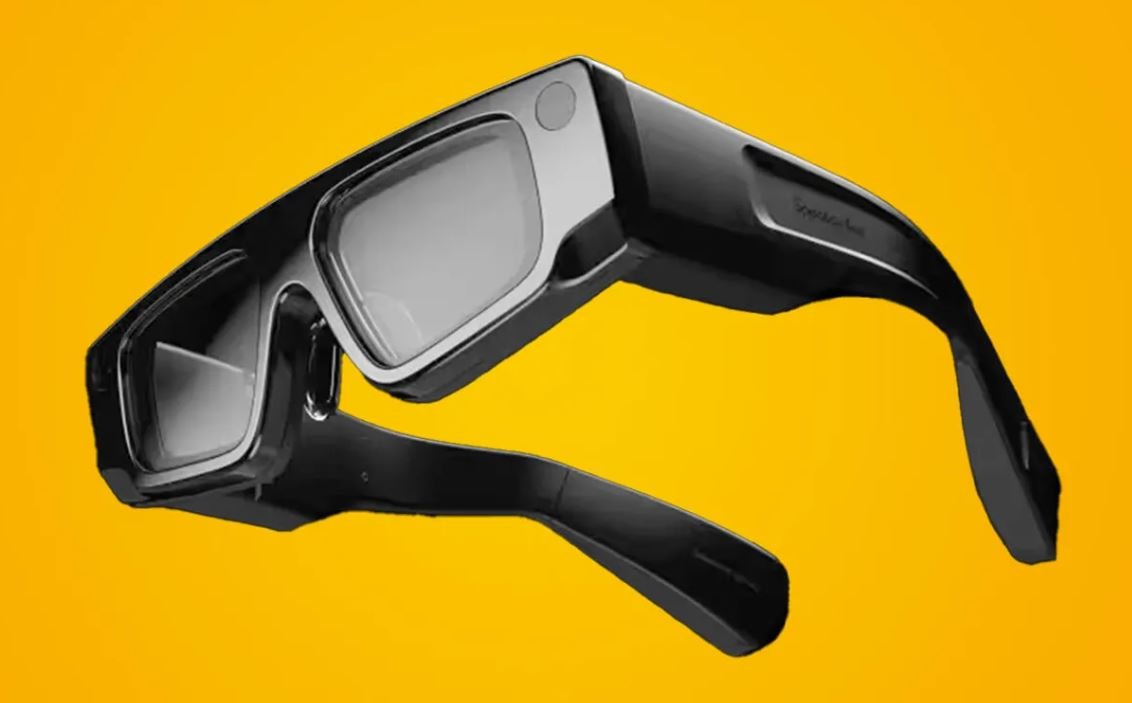Sensing Motions unlike emotions: Shaping Environments through Smart Technology
In the realm of advanced technology, motion sensors emerge as subtle yet essential components, intricately weaving convenience and efficiency into our daily lives. These often underestimated devices play a crucial role in contemporary automation, security, and energy conservation. In this exploration, we delve into the mechanics of motion sensors, understanding their operational principles, diverse applications, and the transformative influence they exert on various spaces.

1. Understanding Motion Sensors:
Motion sensors, also referred to as motion detectors, are devices designed to identify movement within their surroundings. Operating based on monitoring changes in infrared radiation or other forms of radiation in their field of view, these sensors activate a response upon detecting motion, triggering various systems or devices.
2. How Motion Sensing Works:
Most commonly, motion sensors use passive infrared (PIR) technology, to recognize changes in heat patterns. Movement within the sensor’s range induces noticeable shifts in infrared radiation, prompting the sensor to initiate a response. Alternative technologies include ultrasonic sensors, which use sound waves, and microwave sensors, emitting microwaves and analyzing reflections.
3. What Motion Sensors Do:
It’s able to detect human body infrared wave changes with no need of direct contact, and output enlarged voltage signal that can drive various control circuits. Smart lighting control, security alarm, automatic door, motion induction toys, smart building, household appliances, and smart pet keeping, etc.
3. Applications in Security Systems:
A primary application of motion sensors lies in security systems. These sensors act as a frontline defense, identifying unauthorized movement and activating alarms or surveillance cameras. In homes, businesses, and public areas, motion sensors significantly bolster security measures, offering a preemptive approach to detecting potential threats.

4. Illuminating Spaces:
Motion sensors play a pivotal role in energy-efficient lighting solutions. Integrated into lighting systems in residential and commercial settings, these sensors automatically illuminate spaces upon detecting motion and deactivate lights when the area is unoccupied. This not only enhances convenience but also contributes to energy preservation by reducing unnecessary electricity consumption.
5. Automation in Smart Homes:
Motion sensors are integral to the advent of smart homes, seamlessly incorporating automation into our living spaces. Whether it’s activating lights upon entering a room or adjusting thermostats based on occupancy, they empower homes to respond intelligently to the movements and requirements of their inhabitants. Smart home systems leverage them to create personalized, energy-conscious environments.
Also Read : DYSON DETECH CORDLESS STICK VACCUM CLEANER
6. Resource Conservation in Public Areas:
In public spaces, motion sensors are harnessed to optimize resource utilization. Automated faucets in restrooms, for instance, use motion sensors to detect when hands are placed beneath the faucet, minimizing water wastage. Similarly, in office buildings, they govern heating, ventilation, and air conditioning (HVAC) systems based on occupancy, ensuring energy efficiency.
7. Gaming and Interactive Experiences:
Motion sensors have ventured into the entertainment sphere, particularly within the gaming industry. Devices like motion-sensing controllers track player movements, translating real-world actions into virtual experiences. This technological integration has revolutionized the gaming landscape, providing a more immersive and interactive gaming encounter.
Also Read : TREADMILL – Hope to Health
8. Future Trends and Advancements:
As technology advances, these are poised to become more sophisticated. Integration with artificial intelligence (AI) and machine learning algorithms will enhance their ability to discern various types of movements, improving overall accuracy. This paves the way for more nuanced applications, further expanding the realms of automation and intelligent decision-making.
Conclusion:
Motion sensors, with their inconspicuous presence, have silently transformed the way we interact with our surroundings. From fortifying home security to optimizing energy consumption and enhancing gaming experiences, these devices have become indispensable in the contemporary world. As technology continues its evolution, the wonders of motion sensors are likely to persist, reshaping our environments and elevating the efficiency and intelligence of the spaces we inhabit.




![Snapchat Spectacles (5th Gen) [Top Features Unveiled] [2024] Snapchat Spectacles](https://barefootclimb.com/wp-content/uploads/2024/10/Snapchat-Spectacles-150x150.jpg)






One thought on “MOTION SENSOR – The Best Guide for you”